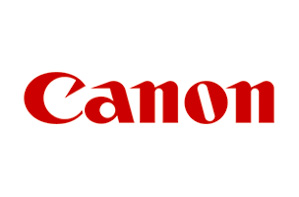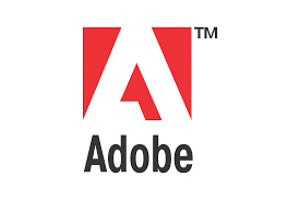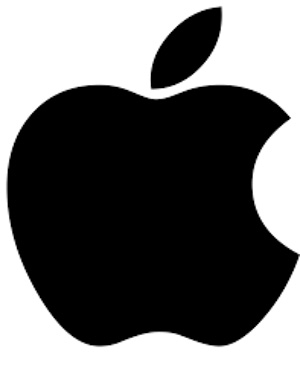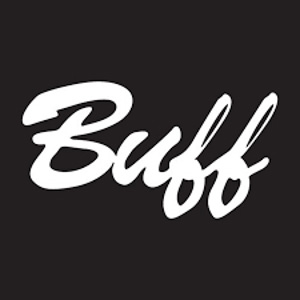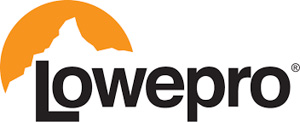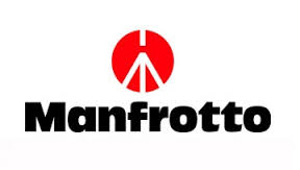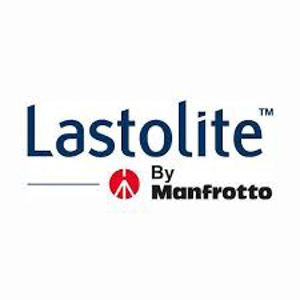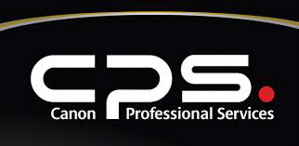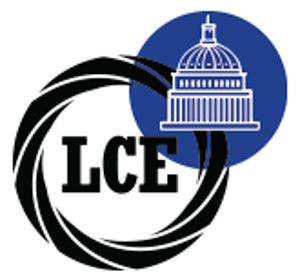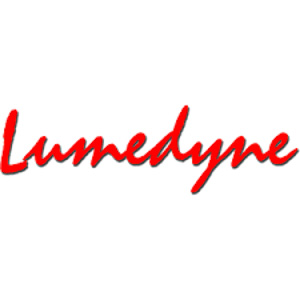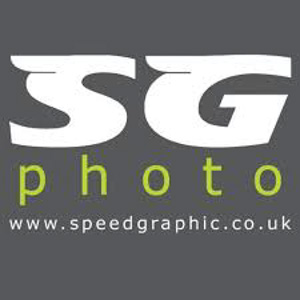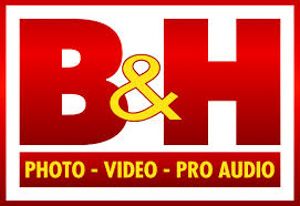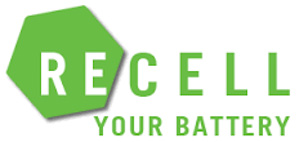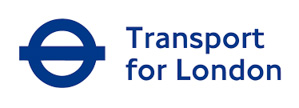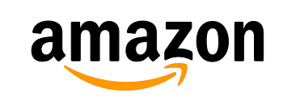here are links to the equipment that I mostly use and the people I that like to supply it...
So a quick summery to put the above links in context... I have always used Canon cameras (ever since I was a student and a used A1 with a 50mm lens was cheaper than than a used FM2 which all of us wanted really!). I've been through most variations of Canon's Professional range but have to say that the Eos 5D mkIII is the best Digital camera that have ever owned. For me it represents the perfect balance of Performance, Image quality and Cost. I'm yet to experience an environment that It has failed to perform in, whilst it is a jack of all trades and there are other cameras that perform specific tasks better there is no one camera that does everything as consistantly as the 5D for the money that you invest in it. Likewise I have always been extremely happy with Canon L Series Lenses. Sharp, Fast and Reliable, if looked after they go on and on and on, the only critisism I have of them would be that the rubber grips tend to separate from the the focusing rings (especially in the newer models). Not bad really for a tool that gets used daily and replaced once every 10 years! Add to this the servicing facility provided by Fixation in London's Vauxhall in conjunction with Canon's own CPS and I've never had a super compelling reason to consider changing, although Canon are now discontinuing their support for older lenses faster than I tend to break them which is starting to wind me up a bit and might tip that equation in the future.
Apple speaks for itself really, phones, computers (not software though!!) they pretty much service the whole industry, but you knew that.
On that subject Adobe of course is the Apple of my software world. Although far from perfect Lightroom is still such a versatile package that my entire post production workflow is currently based on it, RAW conversion through to Database. In conjunction with Photoshop nearly all of my requirements are met in one seamless experience which helps keep everything nice and efficient. I also favour the CreativeCloud subscription setup, much as I hate spending money, my software is now as current as my hardware without any painful big lump payments to have to worry about. Capture One is however now my go to software for tethered shooting and for specific RAW conversion projects as well. It’s extremely powerful, stable and once you’re used to it’s slightly counter intuitive interface it’s blisteringly fast to use. If I could work out a more efficient way to tie it in with my Lightroom infrastructure I’d use it for more RAW processing than I currently do, truth be told it’s probably better at it than Lightroom which is a bit of a catch all program really but one off’s aside efficency still reins supreme.
I use location flash lighting in almost every image that I take which has led to what feels like a lifetime searching for the perfect flash lighting system. As I mostly work on my own weight is a big issue for me and the variety of my work demands a certain level of flexibility also. I have been through most of the low cost options and some of the high cost as well, I could write an exhaustive list of things that I don't like about the many systems out there but that isn't really in the spirit of this essay so instead this is where i've ended up. I use PaulCBuff Einstein heads for almost all studio and location portrait set ups. They are light (ish) and small (ish) but powerful, produce a decent quality of light and are remarkably colour consistent for their price point. They also work directly off the mains (120v or 240v) in the studio or off the fabulous (and very small) Mini Vagabond battery packs on location. I can carry lots of them to any shoot with relatively little fuss. There are some downsides, they are only available in the states direct from the manufacturer who can be a pain to deal with, they can only be serviced the same way which can be expensive in shipping and sourcing light modifiers for them requires some lateral thinking but despite this I love them, they have made all of my working practices easier and my images better as a result. I've also started using their Cybersync radio trigger system, I was a reluctant to do this for some years (I love Pocketwizards and still use them where range and multi system working are an issue) having now made the jump though I am enjoying the interface and the remote manual control options that they present (much like the ProFoto air system without the odd exposure controls) they are also tiny!
All of that said If I could work out how to transport them I would probably transfer entirely to the ProFoto system in a heartbeat. They probably do now represent the finest in both light and build quality and the whole system is finally so complete that you can control and accessorise your entire setup from studio to location to speedlite through one interface. They are still too big for me though and cost a bloody fortune so it’s a high set up cost which you’d want to be a long term investment.
Increasingly I do use speedlites for my site and construction photography, what they lack in power and colour constancy (all over the place if you go to fast) they more than make up for in portability, build quality (the canon ones are pretty much bullet proof!) and convenience. The fact that they now do HSS and have Radio triggering is an added bonus which only helps with fast paced working in often very challenging conditions.
